There can be your advertisement
300x150
Choosing Suitable Plants for Shaded Areas
Dark areas can be challenging for creating a cozy and fresh atmosphere, but the right plants can bring them to life. While most plants need direct sunlight, several species thrive in low light conditions, making them ideal for dark rooms and offices. These plants add beauty, improve air quality, and bring nature into cold and cramped spaces. Understanding plant needs and their benefits helps select appropriate varieties for such locations, creating a harmonious and healthy indoor environment.

Benefits of Indoor Plants in Low Light Conditions
Plants in low light conditions offer more than aesthetic value. Some plants are called air-purifying plants, which naturally clean the air and reduce pollutants. In spaces with limited ventilation, these plants help lower toxins and create a healthier atmosphere. Plants also reduce stress levels and improve mood, making them an excellent addition to any interior, especially in dull spaces.
Best Plants for Low Light Conditions
Some plants thrive in low light and feature lush foliage. Several resilient and attractive options stand out in dark spaces. Sansevieria, or Snake Plant, is a hardy plant with sword-shaped, vertically oriented leaves that adapt to varying light conditions. It thrives in low light and requires minimal water and care.
ZZ Plant, or Zamioculcas zamiifolia, is also a great choice for low-light areas due to its waxy dark green leaves. The ZZ plant is drought-tolerant and can survive even in dim conditions. Elegant Peace Lilies with white, dome-shaped flowers add elegance to any space and purify the air, making them ideal for dark rooms.
Caring for Plants in Low Light Conditions
Plants growing in low light may require special attention. Weak light slows evaporation and water absorption, so they should be watered less frequently. Overwatering can lead to root rot — a common issue for shade-loving plants. Monitor soil condition and allow it to dry between waterings.
Patience is needed since plants in low light grow slowly. These plants do not require frequent fertilization; excess fertilizer can damage roots and slow growth. To ensure adequate nutrition, use diluted fertilizer once or twice a year, preferably during the growing season. Rotate pots every few weeks to provide even lighting and balanced growth without leaf misalignment.
Creative Placement Ideas for Maximum Light and Space Utilization
Creative placement solutions can help maximize diffused light for plants in dark rooms. To increase illumination, place plants near mirrors or glass surfaces. Plant stands or hanging pots can be positioned closer to natural or artificial light sources without occupying floor space. If a room has little natural light, a plant lamp can mimic sunlight and help plants thrive in dark zones.
Plant arrangement matters under low-light conditions. Grouping low-light plants creates a small indoor garden that appears fuller and brighter. Pots of varying sizes, colors, and textures add visual interest and make the space more dynamic and thoughtfully designed.
Conclusion
With the right plants and a bit of imagination, even the darkest corners can become attractive, vibrant, and lively. Sansevieria, ZZ Plant, and Peace Lily are low-light resilient plants that maintain interior appeal and purify the air. Moderate watering and minimal feeding allow these plants to grow in dark conditions. Choosing suitable plants for low-light environments can make your home brighter and more comfortable.
More articles:
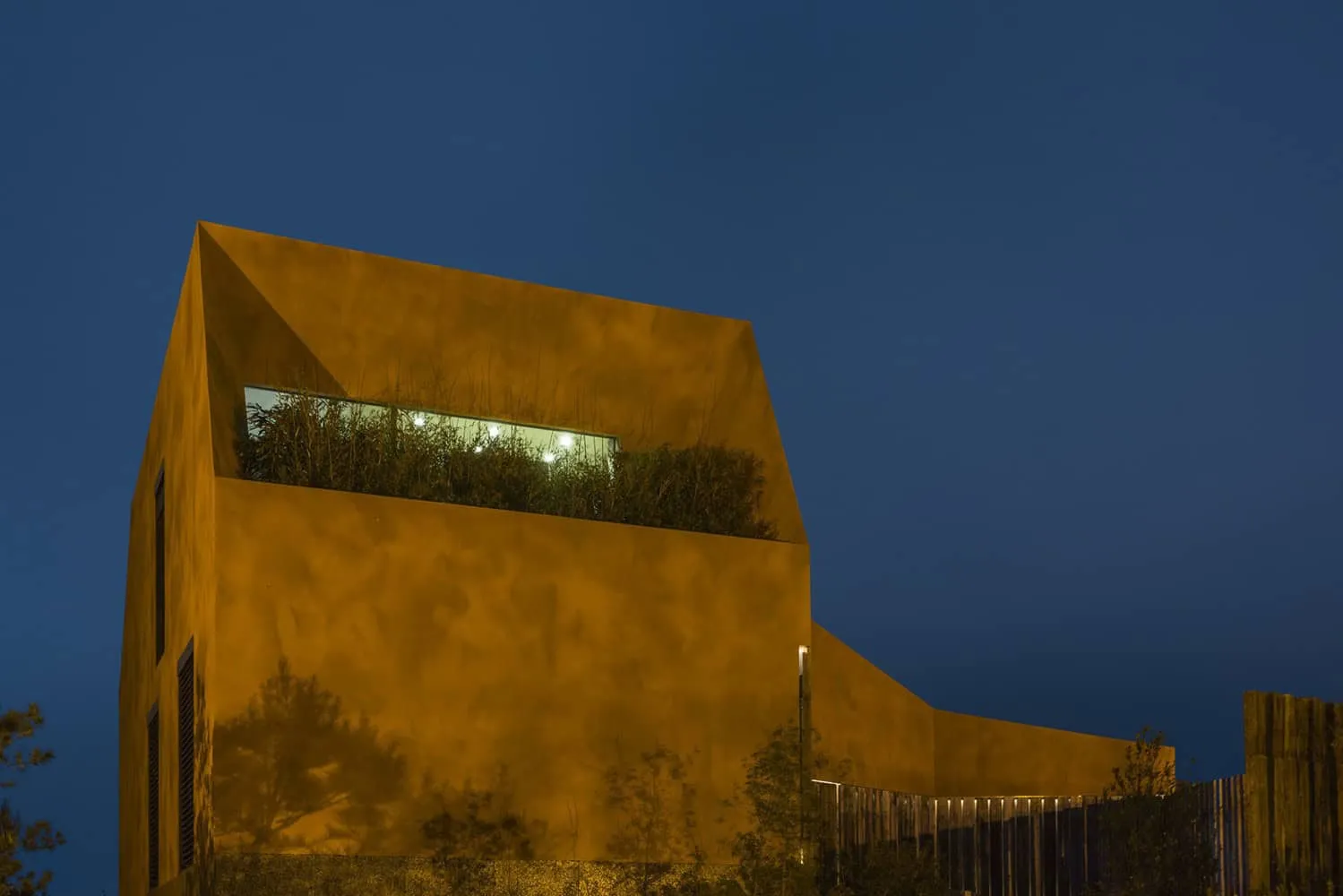 Varatojo House by Atelier Data in Torres Vedras, Portugal
Varatojo House by Atelier Data in Torres Vedras, Portugal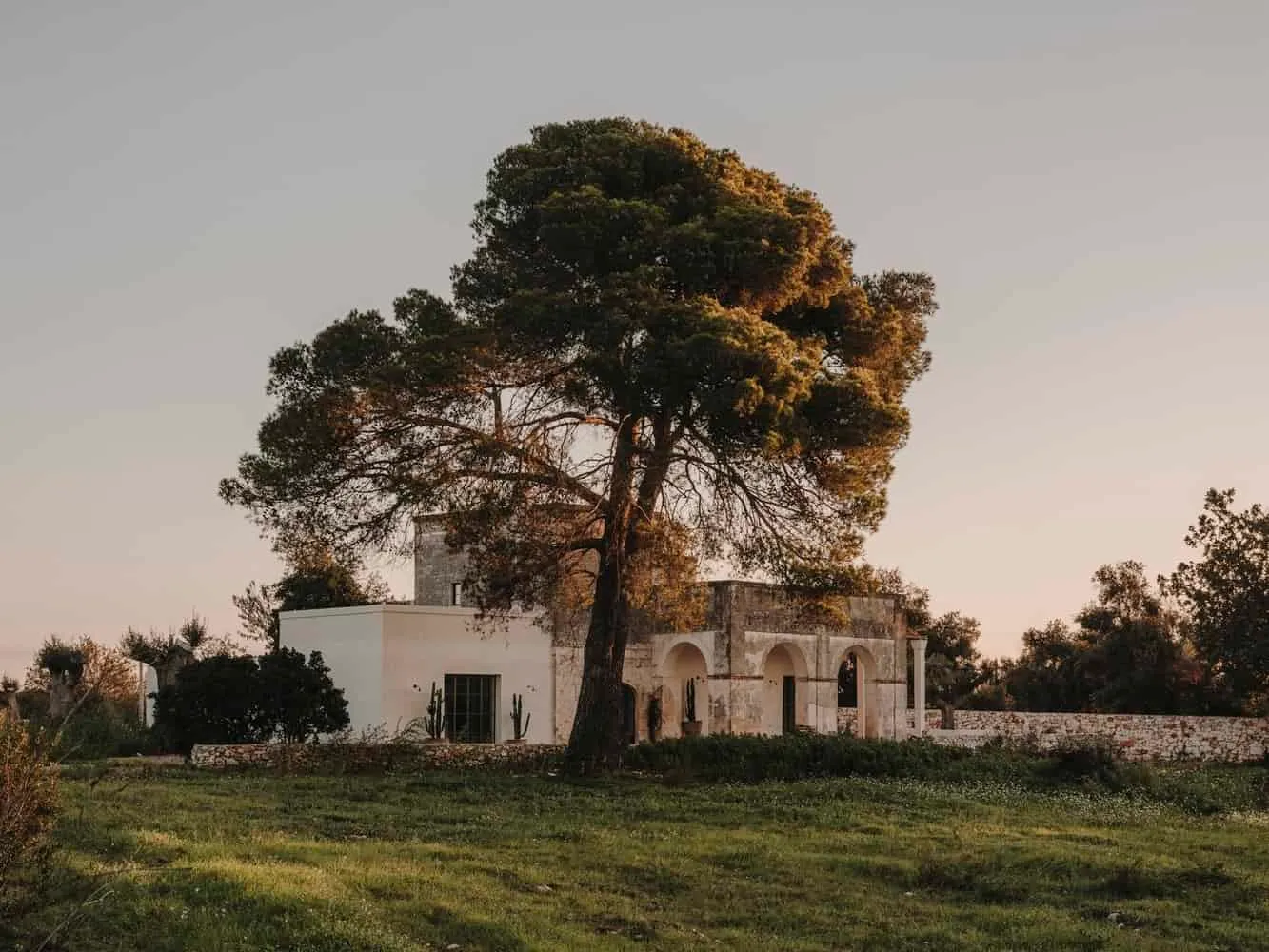 Casolare Scarani House by Studio Andrew Trotter in Karovino, Italy
Casolare Scarani House by Studio Andrew Trotter in Karovino, Italy Castigani House by Ebeca in Argentina
Castigani House by Ebeca in Argentina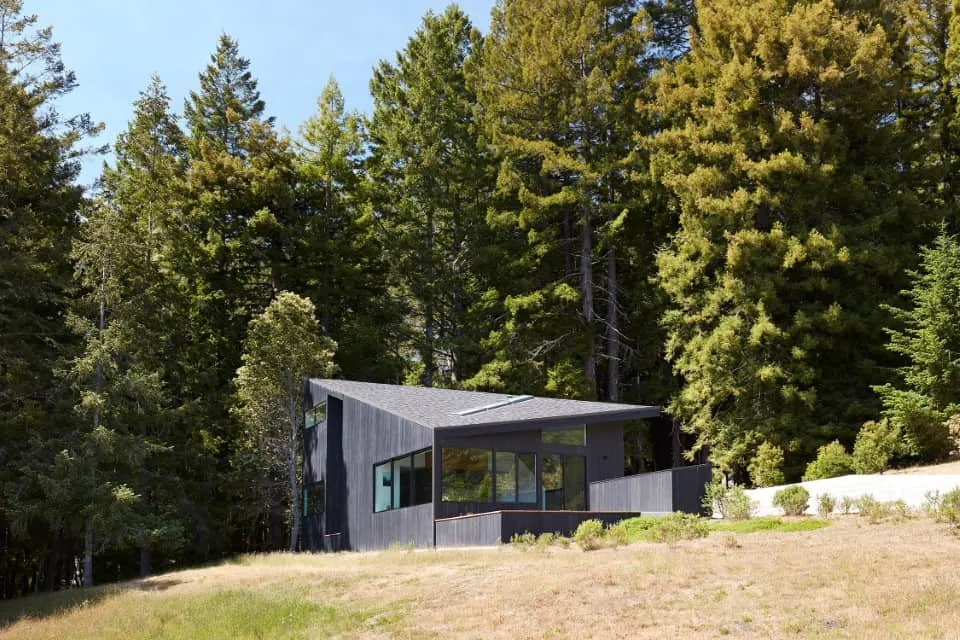 Black Castle by Klopf Architecture: A Harmonious Blend of Modern Design and Nature
Black Castle by Klopf Architecture: A Harmonious Blend of Modern Design and Nature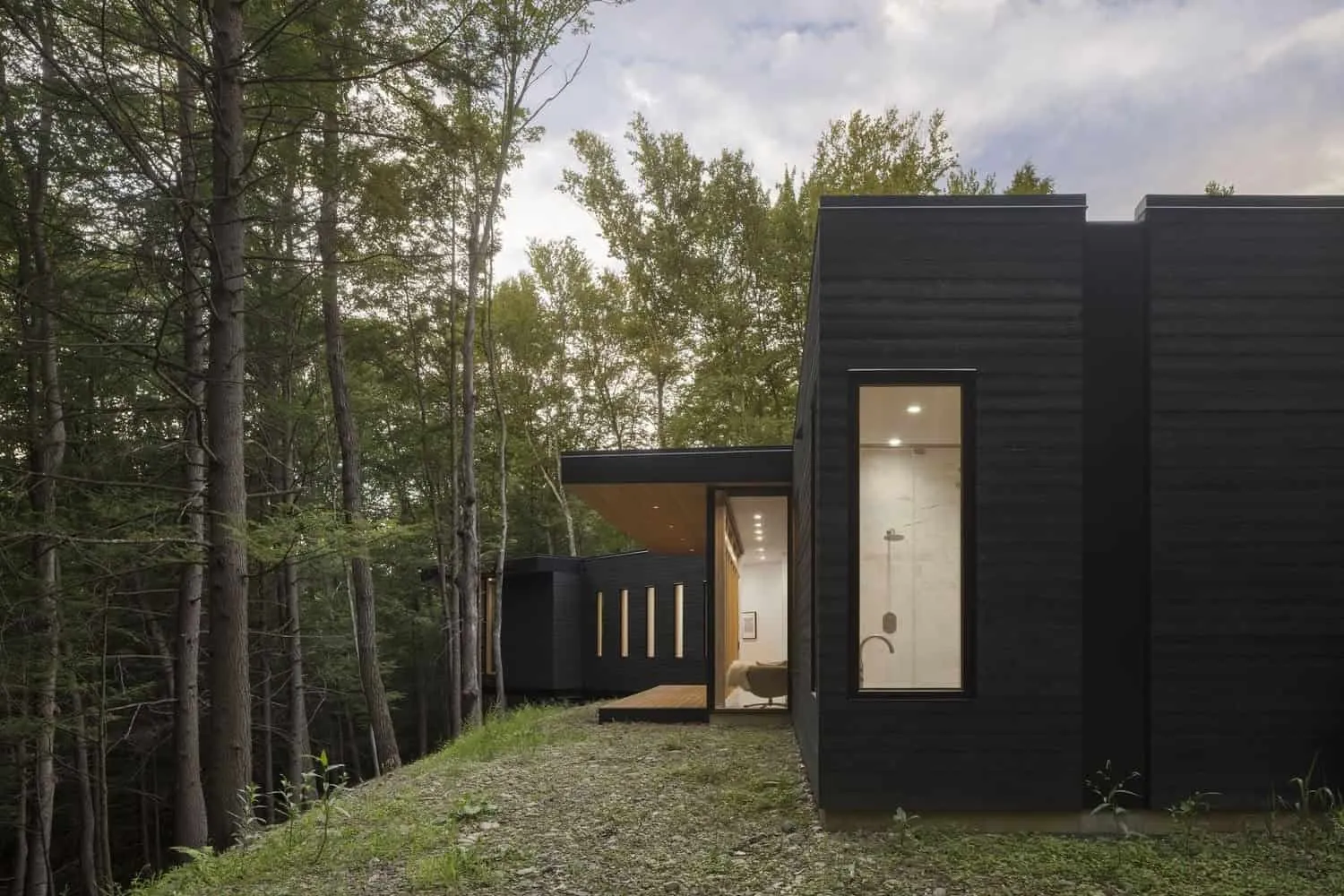 Catt Hill House, Studio MM Architect Project in Kerhonkson, New York
Catt Hill House, Studio MM Architect Project in Kerhonkson, New York Caucasian House by JJRR/ARCHITECTURE in Mexico City
Caucasian House by JJRR/ARCHITECTURE in Mexico City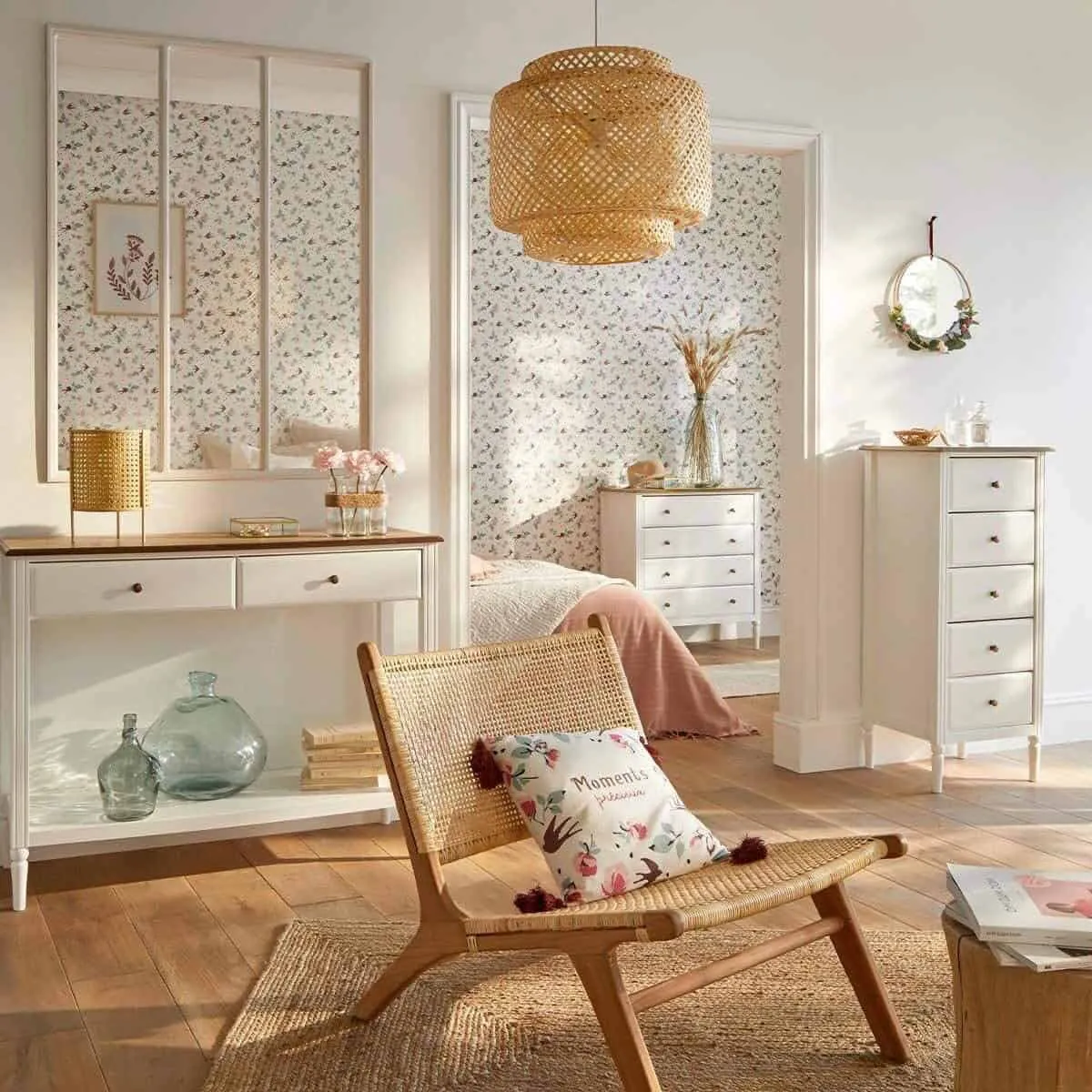 Ceiling Lights That Will Transform Your Entire Room
Ceiling Lights That Will Transform Your Entire Room Celadon Green, a Modern Color for Your Interior
Celadon Green, a Modern Color for Your Interior